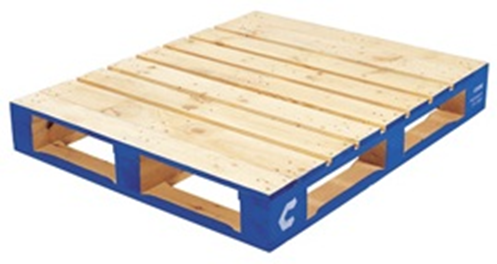How to spring clean your stock
- Keith D Goodfellow (SARI)

- May 6, 2020
- 3 min read
Updated: Apr 22, 2021

So, you have time on your hands. Well now is a great opportunity to spring clean your stock whilst activity levels are low. When I provided Logistics Consultancy in warehousing and fulfilment my clients were always crying out for more and more space. One of the first things I would do was run a stock review and look at stock movement. And the 80/20 rule invariably applied. There was always a very long tail of slow and no movers. And yes ‘no movers’ there always were. I recall one client who made gaskets and washers and the review revealed that they had over 10 years stock for a particular product. And when I pointed this out the client was baffled and replied, ‘but we haven’t been making that product for years!’ ‘But you keep receiving regular deliveries’ I replied. Investigation revealed that it was on auto order and no one had ever challenged it. Yes an interesting anecdote but as a Rack Inspector when I walk round warehouses I can tell how much stock is slow moving or hasn’t moved for years. There is a thick layer of dust and often annual stock check tags going back years. And so why is it there? The answer is simple, no one wants to sign the stock write off chit, so lets store it ‘just in case’!
So I would run a stock movement report for the client and for stock that hadn’t moved in 12 months the department manager would be requested to confirm it was still current and needed and after 18 months I would tell managers it would be scrapped. This invariably provoked an outcry which was exactly the intention. ‘But we may need it’ they would howl. I would then show them the value of the stock they were holding and the cost of the warehouse space it occupied and point out that holding this stock was usually costing them far more than the value of the stock and that it would be far cheaper to scrap these items and then buy it again if needed. The valuable space released could then be used for adding new lines, increasing active stock levels and allowing bulk buying discounts. It was also interesting how often I would also hear the question: ‘What on earth is that item’ or ‘I didn’t even know we had that stock anymore’. I fully understand that the requirement for holding stock differs greatly by industry and some warehouses specialise in holding slow moving stock for immediate dispatch but the important thing is to constantly review your stock profile and ensure that managers are accountable for it, and that equally importantly you actually need what is held in the warehouse. I would invariably find that at least 5% and usually 10% could be scrapped with no impact whatsoever, usually due to obsolescence or simply or past its ‘use by date’ rendering it unsuitable for reuse or resale anyway. So it’s vital to find out who is responsible for all this slow-moving stock (often far harder then it sounds) and challenge them to justify it, but with the carrot that releasing the space allows them to increase stock holding on the faster moving or more profitable lines.
Remember this is your warehouse and not a mausoleum.
About the author: Keith Goodfellow is a SEMA Approved Rack Inspector (SARI). Formerly he provided Logistics Consultancy specialising in warehouse layout and fulfilment.




Comments